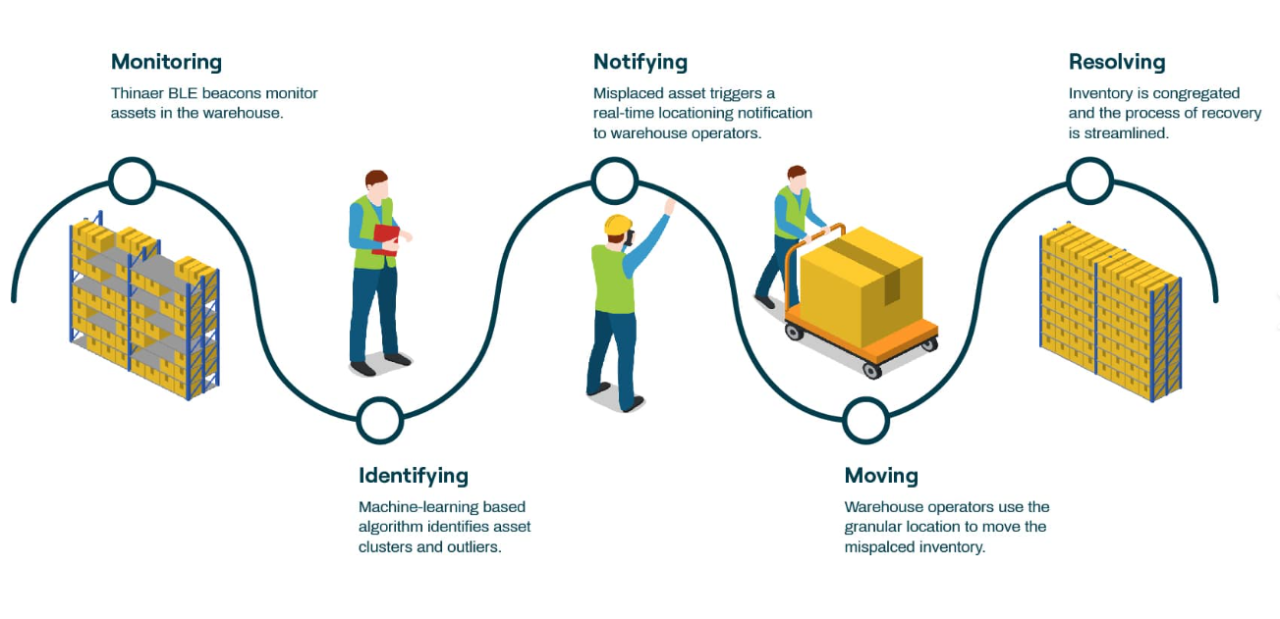Streamline Operations: Elevate Your Supply Chain Efficiency
In today’s fast-paced business world, maximizing efficiency is key to staying competitive and profitable. One area where many companies struggle to optimize is their supply chain operations. Managing inventory, coordinating logistics, and ensuring timely delivery of goods can be a complex and daunting task. However, by streamlining operations and elevating supply chain efficiency, businesses can reduce costs, improve customer satisfaction, and gain a competitive edge in the market.
One of the first steps in streamlining operations is to assess and optimize your inventory management system. Inventory management plays a crucial role in the supply chain, as it directly impacts production, sales, and customer satisfaction. By mastering inventory management, businesses can reduce excess inventory, minimize stockouts, and improve overall efficiency.
To streamline operations and elevate supply chain efficiency, businesses should consider implementing advanced inventory management techniques such as Just-in-Time (JIT) inventory management, ABC analysis, and demand forecasting. JIT inventory management involves ordering and receiving inventory only when it is needed, reducing excess inventory and storage costs. ABC analysis categorizes inventory based on its value and importance, allowing businesses to prioritize resources and focus on high-value items. Demand forecasting uses historical data and market trends to predict future demand, helping businesses to optimize inventory levels and minimize stockouts.
In addition to optimizing inventory management, businesses can streamline operations by improving communication and collaboration within the supply chain. Effective communication between suppliers, manufacturers, distributors, and retailers is essential for ensuring timely delivery of goods and minimizing disruptions. By leveraging technology such as cloud-based collaboration platforms and supply chain management software, businesses can streamline communication, share real-time information, and improve coordination across the supply chain.

Image Source: licdn.com
Another key aspect of streamlining operations is automating repetitive and time-consuming tasks. By implementing automated processes for order processing, inventory tracking, and shipment scheduling, businesses can reduce human error, save time, and increase efficiency. Automation can also help businesses to identify bottlenecks, streamline workflows, and optimize resource utilization.
Furthermore, businesses can streamline operations by adopting lean principles and continuous improvement practices. Lean principles focus on eliminating waste, reducing inefficiencies, and optimizing processes to improve overall efficiency. Continuous improvement involves regularly evaluating and refining operations to identify opportunities for enhancement and innovation. By embracing lean principles and continuous improvement, businesses can create a culture of efficiency and drive ongoing optimization within the supply chain.
In conclusion, streamlining operations and elevating supply chain efficiency are essential for maximizing efficiency and staying competitive in today’s business environment. By mastering inventory management, improving communication and collaboration, automating processes, and adopting lean principles, businesses can optimize their supply chain operations, reduce costs, and improve customer satisfaction. With a strategic focus on efficiency and optimization, businesses can gain a competitive edge and achieve long-term success in logistics and supply chain management.
Mastering Inventory Management: A Key to Success in Logistics
In the world of logistics, the key to success lies in mastering inventory management. With the rise of e-commerce and the increasing demand for fast and efficient delivery, it has never been more important to have a streamlined and optimized supply chain. Inventory management plays a crucial role in ensuring that goods are available when needed, without tying up unnecessary capital in excess stock.
Efficient inventory management is all about finding the perfect balance between having enough stock to meet customer demand and avoiding the costs associated with excess inventory. By carefully tracking and forecasting demand, businesses can ensure that they have the right amount of stock on hand at all times. This not only helps to prevent stockouts and backorders but also minimizes the risk of overstocking, which can lead to obsolescence and increased carrying costs.
One of the key strategies in mastering inventory management is the implementation of just-in-time (JIT) inventory control. JIT is a system in which inventory is replenished only when it is needed, eliminating the need for excess stockpiling. This approach not only reduces carrying costs but also minimizes the risk of stockouts, as goods are ordered just in time to meet customer demand. By implementing JIT inventory control, businesses can streamline their operations and maximize efficiency in their supply chain.
Another important aspect of inventory management is the use of technology to track and manage inventory levels. With the advent of advanced inventory management software, businesses can now automate many of the processes involved in inventory control, such as tracking stock levels, forecasting demand, and generating purchase orders. This not only reduces the risk of human error but also allows businesses to make more informed decisions about their inventory levels, leading to greater efficiency and cost savings.
Furthermore, effective inventory management can also help businesses to identify and eliminate inefficiencies in their supply chain. By analyzing data on inventory turnover, lead times, and order fulfillment rates, businesses can pinpoint areas where improvements can be made to streamline operations and reduce costs. This can involve anything from renegotiating supplier contracts to optimizing warehouse layouts to implementing new technology solutions.
In addition to maximizing efficiency, mastering inventory management can also have a positive impact on customer satisfaction. By ensuring that goods are always available when needed, businesses can minimize the risk of stockouts and delays in delivery, leading to happier customers and repeat business. Furthermore, by keeping inventory levels lean and efficient, businesses can pass on cost savings to customers in the form of lower prices, giving them a competitive edge in the market.
In conclusion, mastering inventory management is a key component of success in logistics. By finding the right balance between supply and demand, implementing JIT inventory control, leveraging technology, and identifying inefficiencies, businesses can streamline their operations, maximize efficiency, and ultimately deliver better service to their customers. With the right tools and strategies in place, businesses can take their supply chain to the next level and stay ahead of the competition in today’s fast-paced and demanding market.
How to Optimize Your Supply Chain with Inventory Management